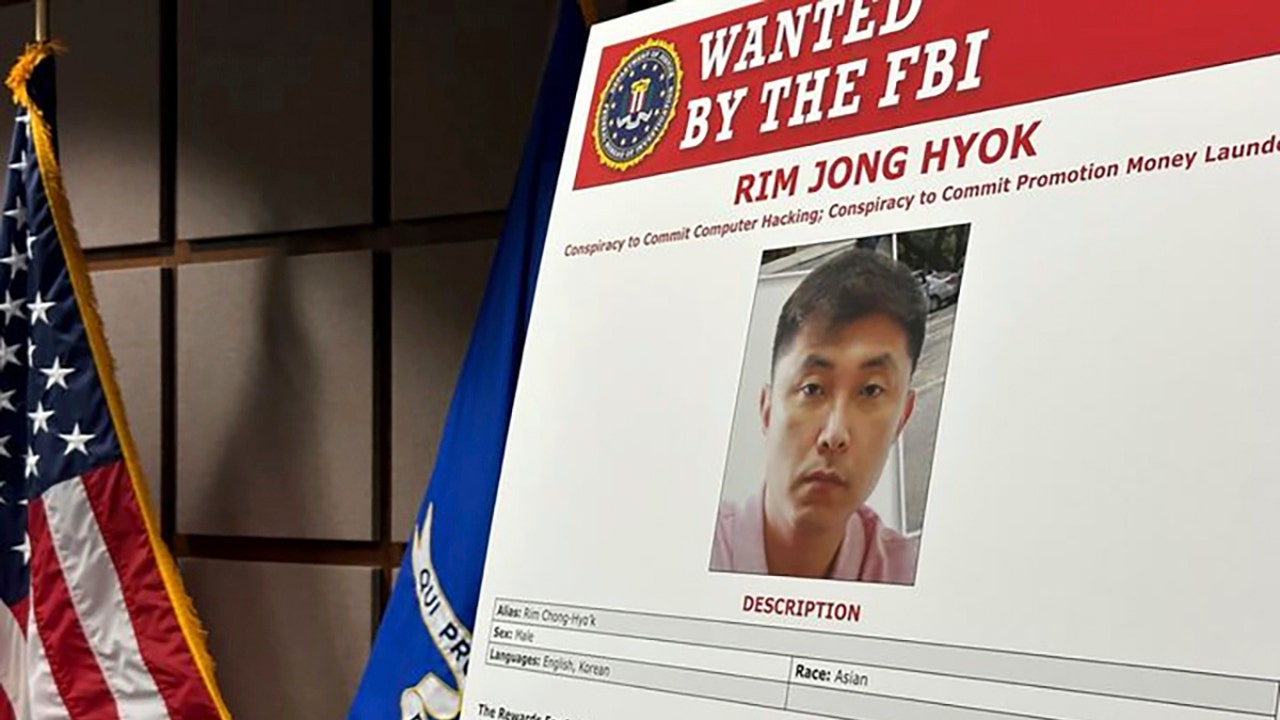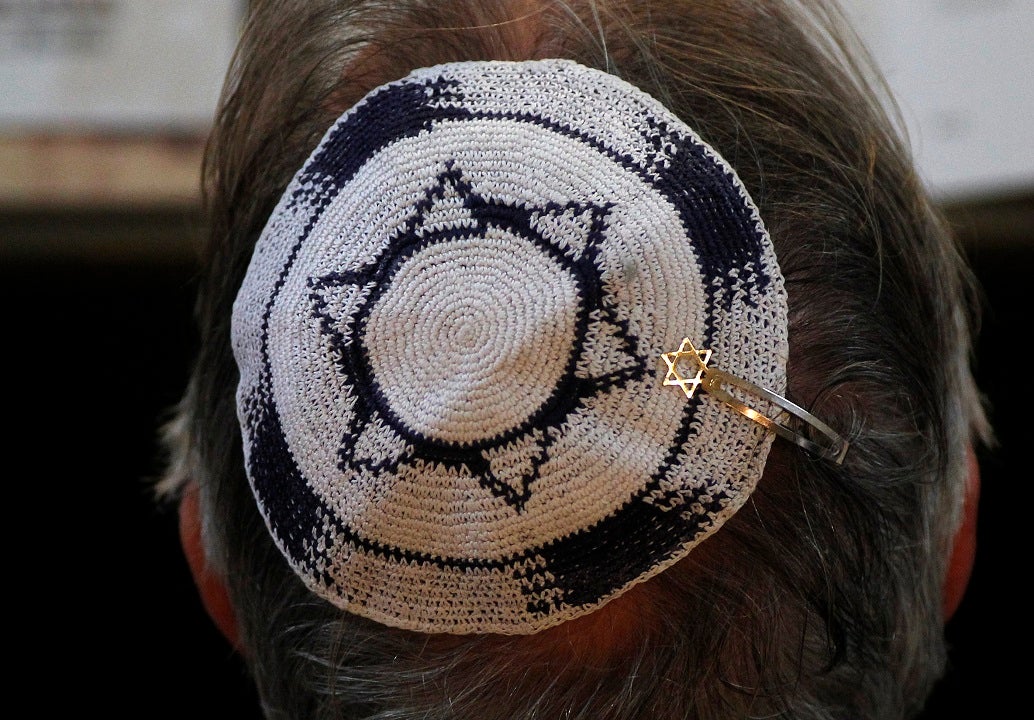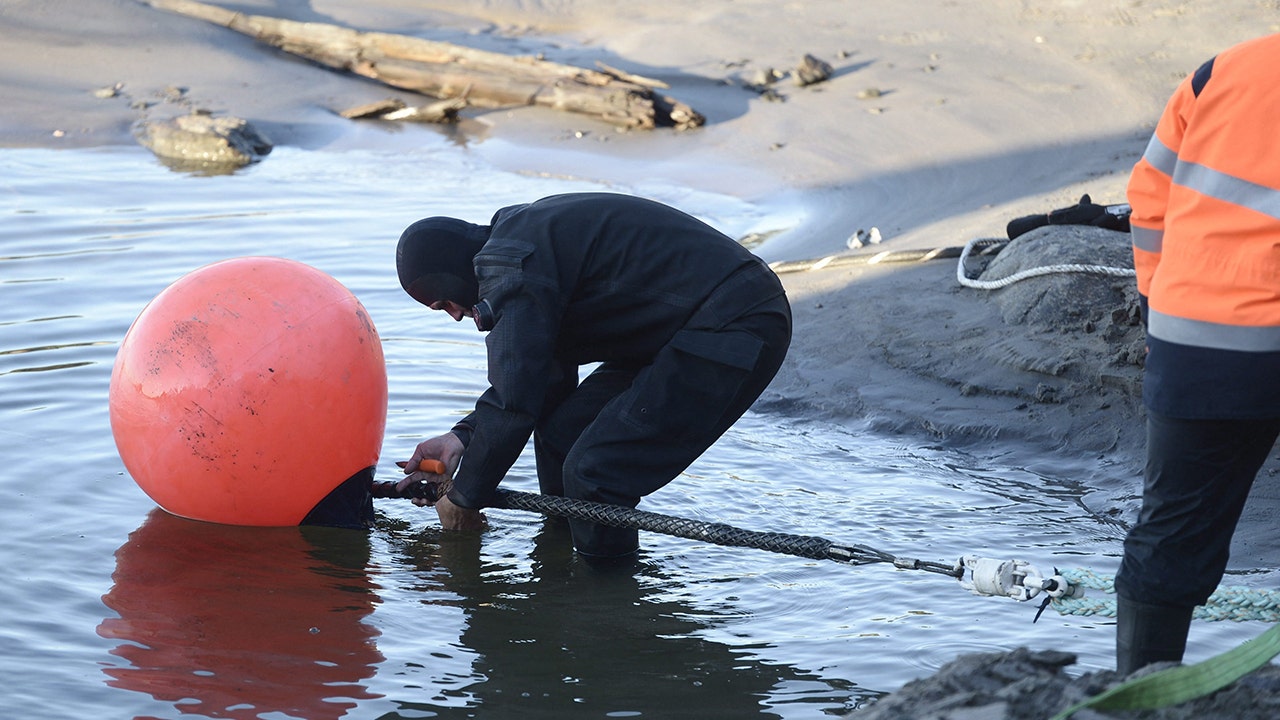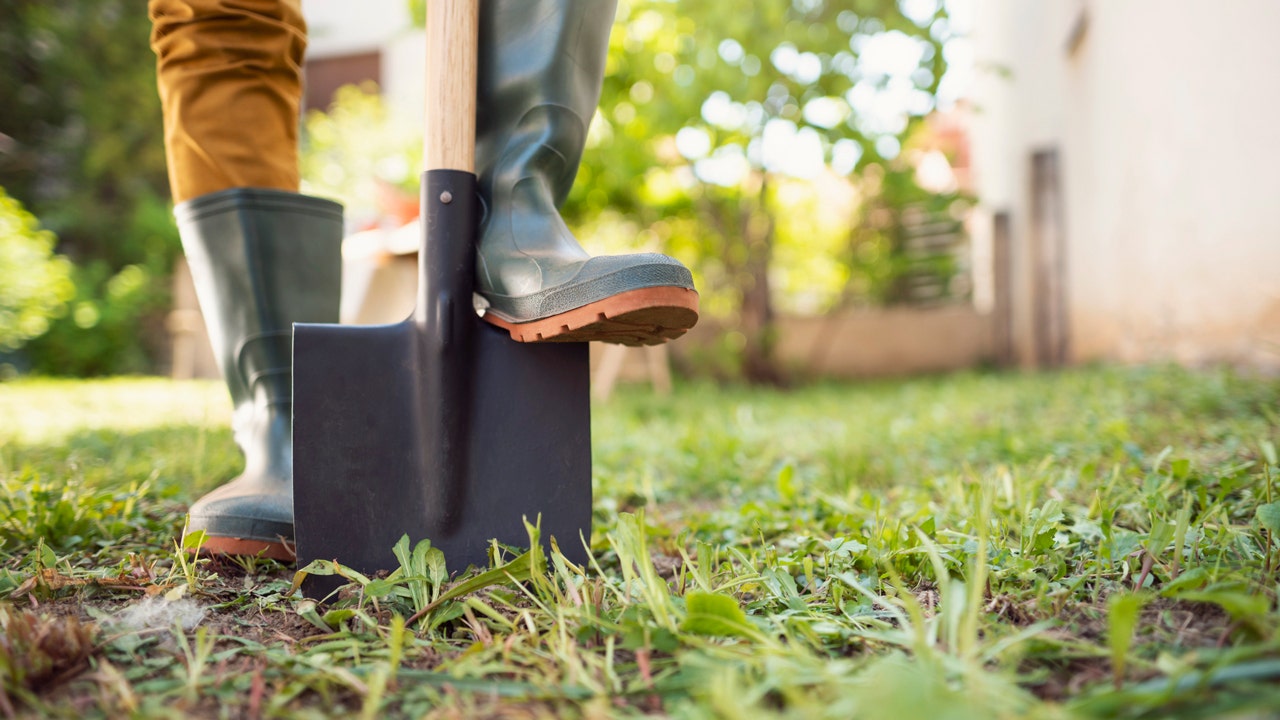The Australia Letter is a weekly newsletter from our Australia bureau. Sign up to get it by email.
When my wife messaged me about a stabbing at the shopping center in Sydney’s Bondi Junction last Saturday, she had just left that mall and did not seem especially concerned. I was in Maui, on a trip with my son and father-in-law, and she was mostly just keeping me informed — as she often does — to make sure The Times didn’t miss a potential story.
I checked in with my colleagues at our editing hub in Seoul. They were already monitoring the situation and, at first, with zero information about casualties, we were all assuming that it was a small, targeted episode — maybe a bar fight or domestic violence. That would be horrible, yes, but probably not worth covering for a global audience.
Then the situation changed. Suddenly, there were reports of five or more deaths. My son, who goes to school near the shopping center and often hangs out there with friends, started getting messages and photos from classmates who had been there during the attack or had some connection to someone at the scene. A friend and father I know reported that his son had been working at a store there and made it out safely. My son showed me a video someone had shared with him, of a shopper using some kind of bollard to hold off a man with a knife on an escalator. That was followed by more grisly photographs of victims wounded or killed, their bright red blood staining the shiny white tile floors.
I warned him that just looking at those images would affect him emotionally — and contributed a few paragraphs to an early draft of the story that went up on The Times’s website a few minutes later. From there, I mostly handed off to my colleagues, including a couple of Australians who started their Times career in our Sydney bureau before moving on to new jobs in London and Seoul.
We were all stunned at the horrific violence in a city and a country that is usually so safe. Early on, I feared that it would be a case of terrorism, a spillover from the Israel-Gaza conflict. Two-thirds of Sydney’s Jewish population lives in the Eastern Suburbs, where the attack occurred, and the company that built the mall, Westfield, was co-founded by one of Australia’s most prominent Jewish businessmen.
Within my son’s teen messaging network, there were competing rumors along those lines — someone said the attacker was pro-Israel, another said he looked Arab. Both claims were wrong. So, too, was the warning that there were two attackers, including a man who had fled.
“There’s so much misinformation,” my son said.
We managed to keep all these falsities out of our articles. If nothing else, the experience was a lesson for my 15-year-old son in the challenges of parsing truth from guesses and alarmism in a smartphone-driven social media age.
For me, too, it was a reminder of the need for careful reporting and skepticism in the heat of an emotional news moment. In this case, I was more keyed up than usual because the scene of the crime was so familiar and personal — the Westfield in Bondi Junction is where we go to the movies as a family; it’s where we buy back-to-school clothes; where both my teenagers frolic and flirt.
My wife and daughter had left a supermarket at the mall (as my wife’s receipt showed) only a few minutes before the man began his attack, stabbing nearly 20 people, including a 9-month-old girl, killing six people. And as the names of victims trickled out, we received the bad news of a close connection. One of those killed was the mother of a girl we’ve known for years through shared kids’ activities, someone from our circle of friends, our local warm and supportive community.
That first night after the attack, I woke up at 3 a.m. in the dark of a hotel room far from Sydney, listening to my son’s breathing in the bed next to me and thinking: What would I have done if I had been there, if I had seen the attacker?
My first thought was not take a photo or record it for an article, as I had done in the past when covering war or other disasters. Instead I imagined grabbing something from a store and throwing it at the man with the knife — maybe a glass from Target, or something else hard and heavy. Bocce balls came to mind. If only I could have found bocce balls.
These were delirious thoughts, fever dreams of jet lag and helplessness, but perhaps somewhere in all of this there is a point for readers to remember: The news media is not just a business, not just a service to subscribe to or love or loathe. Journalism, at its core, is simply a collection of everyday humans, your neighbors, that person you see at the store.
Sometimes the news — and the worst news of all, involving death and tragedy — hits as close to home for us as it does for those we write about.
Now here are our stories of the week.
Enjoying the Australia Letter? Sign up here or forward to a friend.






